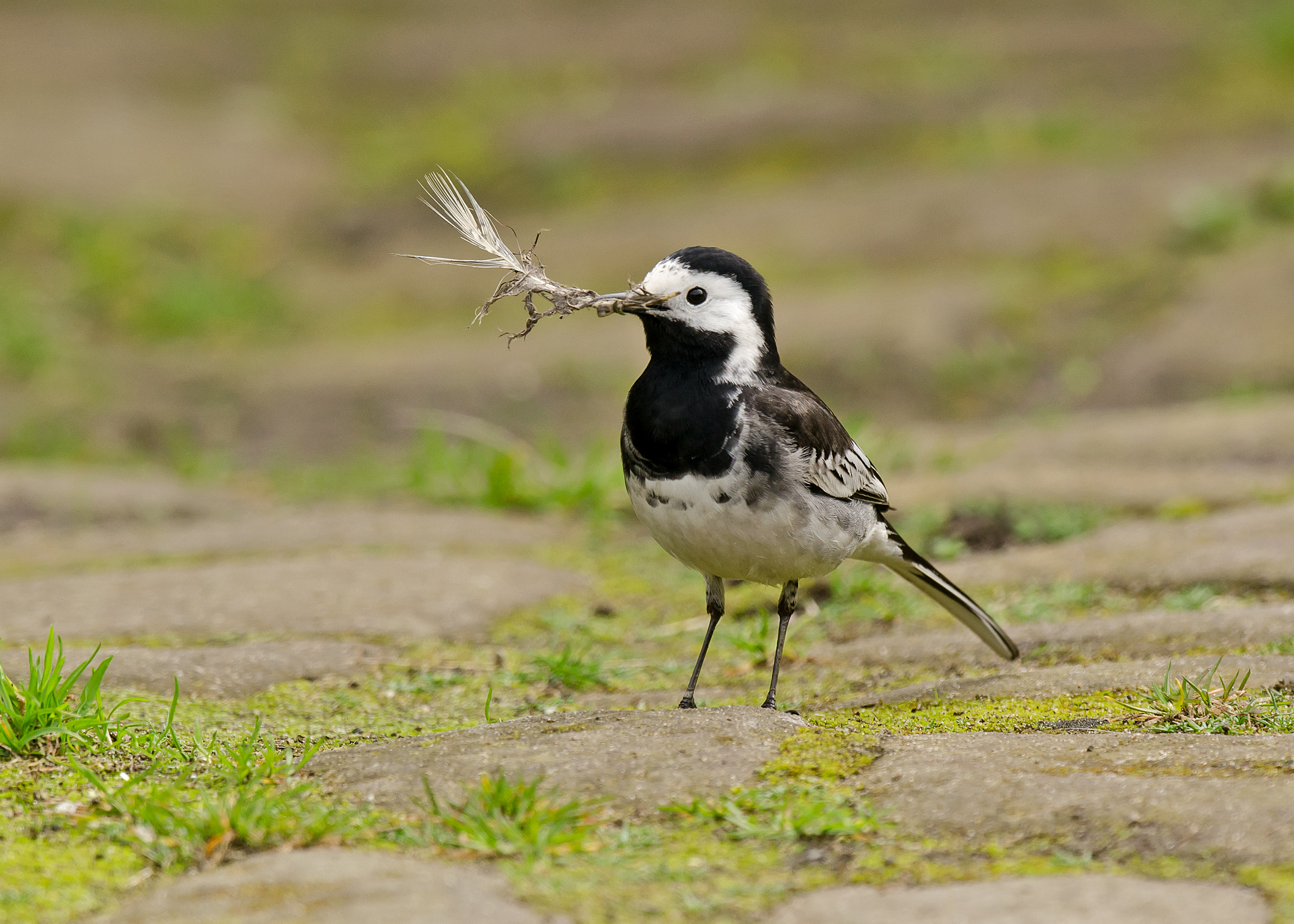According to a new study, the material a bird selects for its nest depends on the shape of its bill.
A team of researchers from the University of Bristol and the University of St Andrews used data on nest materials for nearly 6,000 species of bird. They then utilised random forest models – a type of machine learning algorithm – to take data from bird beaks and try to predict what nest materials that species might use.

A Pied Wagtail gathering nest material (Steve Young).
They found an unexpectedly strong correlation. Using only information on bill shape and size, they were able to correctly predict broad nest material use in 60% of species, rising to 97% in some cases. The findings were published in Philosophical Transactions of the Royal Society B.
The study's lead author, Dr Catherine Sheard of Bristol's School of Earth Sciences said: "We know a lot about primate hands, but not as much about how other animals use their limbs and mouths to manipulate objects. We've very excited about the potential applications of our findings, to further explore how beak shape may have co-evolved with other aspects of nest building or other functions."
Dr Shoko Sugasawa, senior author of the study, based at the University of St Andrews, added: "Most animals, including birds, do not have hands like ours, but manipulating objects like nest material and food is such a crucial part of their lives. Our finding is the first step to reveal possible interactions between the evolution of beaks and manipulation like nest building, and helps us better understand how animals evolved to interact with the world with or without hands."
Reference
Evans C, Healy S D, Lala K N, Sheard C, Street S E & Sugusawa S. 2023. Beak shape and nest material use in birds. Philosophical Transactions of the Royal Society B: Biological Sciences. DOI: 10.1098/rstb.2022.0147

